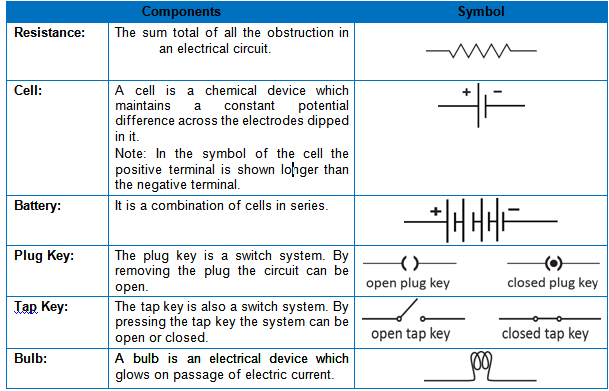Electrical Resistance
Electricity of Class 6
Electrical Resistance:
Electrons flowing in a conductor collide with the constituent atoms and other electrons. The sum total of all these obstructions which resist the flow of electrons inside a conductor is known as electrical resistance of the conductor.
Resistance is measured in ohm (W).
The electrical resistance of the conductor depends on three factors:
- Length of the conductor: A longer wire effectively has more obstacles to offer than a shorter wire, hence the resistance in a longer wire is more than a shorter wire.
- Area of cross-section of the conductor: A thinner wire offers a smaller free path for the moving electrons, i.e. more collisions than a thicker wire, hence the resistance in a thinner wire is more than the resistance in a thicker wire.
- Material of the conductor: The resistance depends on the material the conductor is made of, essentially the arrangement of atoms in it.










